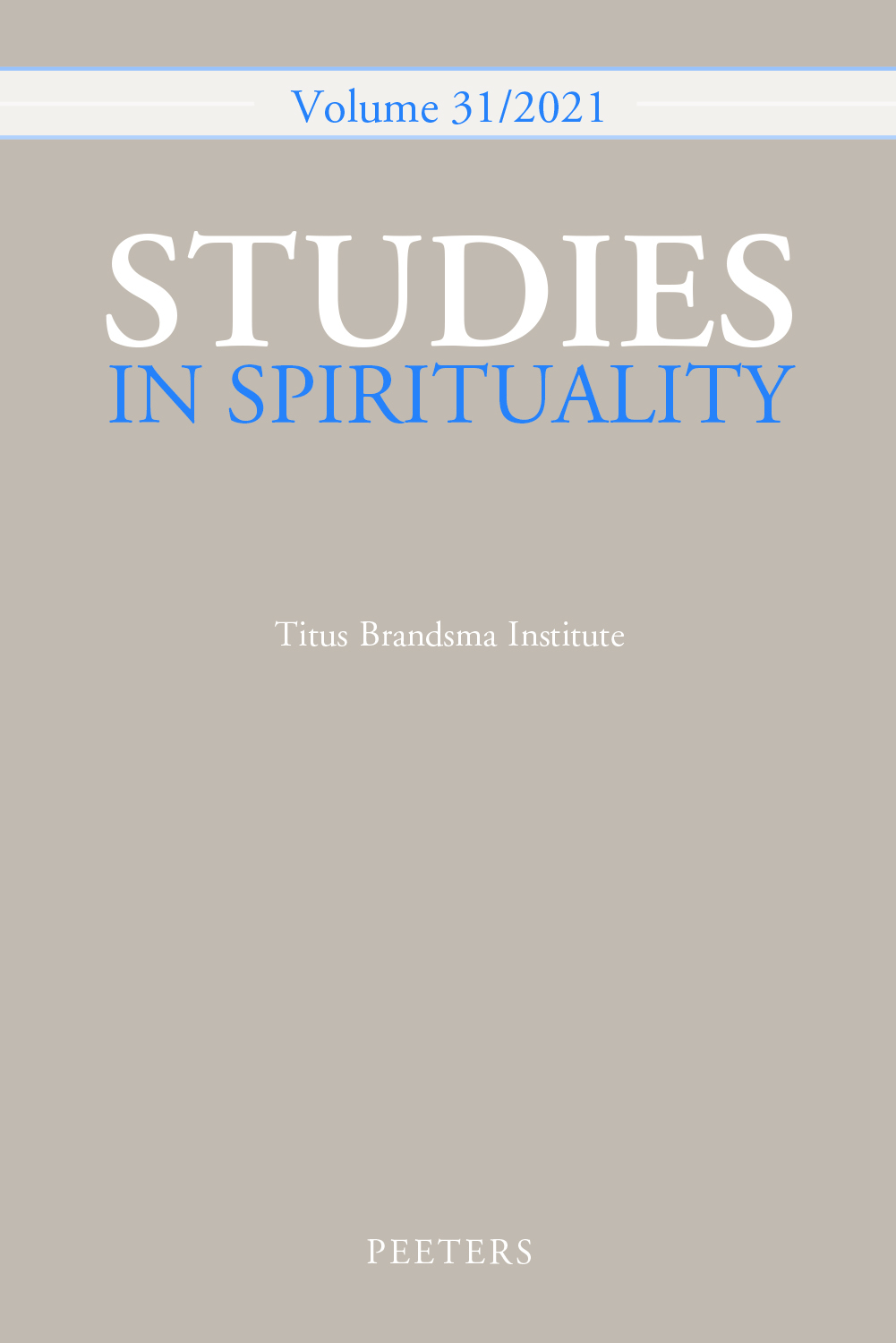 previous article in this issue previous article in this issue | next article in this issue  |

|
Document Details : Title: The Jerusalem Temple Subtitle: The Representation of the Imperceptable Author(s): ELIOR, Rachel Journal: Studies in Spirituality Volume: 11 Date: 2000 Pages: 126-143 DOI: 10.2143/SIS.11.0.505278 Abstract : For almost a thousand years there had been a Temple in Jerusalem. The Temple was destroyed in 70 A. D. and served as a significant symbol of remembrance for the following two thousand years. This article is concerned with the mystical priestly tradition and the temple mythology of holy place, holy time, and holy ritual that was fostered by the priestly circles during their administration and after their exile from the holy place in antiquity. The Temple was the symbol of the archetypal divine order for an ideal mythical past in which the divine presence and human experience were united. a place where the sacred unity between holy time, holy place, and holy ritual was celebrated. The Temple was intended to reflect a complex cosmic order representing the everlasting creative duration of time, the seasons of nature, and the cycles of the eternal divine presence in the creation. This perception of sacred time was consolidated around a divine solar calendar that was kept and preserved in the Temple and that served as the foundation for the annual ritual order. The unique essence of this calendar was a divine testimony concerning the synchronized order of visible time units (days, seasons. new moon) and the invisible testimonial of calculated divisions of time (Sabbath. 'all the [seven] appointed times of the year' Sabbaths of year', Jubilees) The natural tangible changing cycles were synchronized with the numerical consecutive sevenfold cycles. The eternal sequence of time and its predestined calculated cosmic variations were kept by the priests who were also known as the -sentinels of the holy course of time'. The discussion focuses on the meaning of the fourfold natural division of the seasons and the tangible transformations of nature within the sevenfold order, i.e., the intangible divisions of time guarded by the priestly courses and their angelic counterparts in the seven heavenly temples. Time was considered divine, and its divisions marked by cycles of liturgy and calendar of sacrifice were mysterious and therefore were kept in the Temple. The priestly-angelic testimony of time is presented in the Book of Jubilees, in The Songs of the Sabbath Sacrifice Liturgy, the Book of Enoch and other priestly scrolls found in Qumran. The article concludes with a discussion concerning the Holy of Holies within the Temple which was perceived as a temporal reflection of the biblical Garden of Eden. |
|
